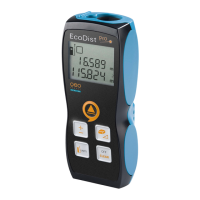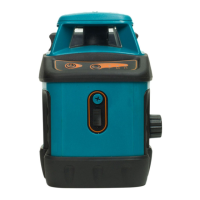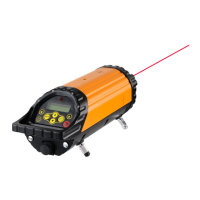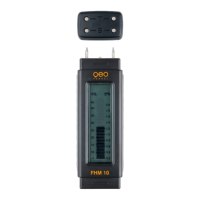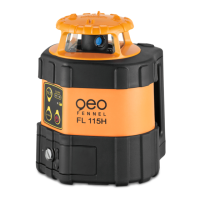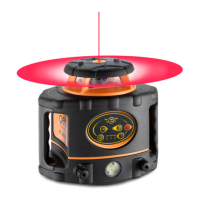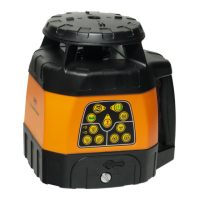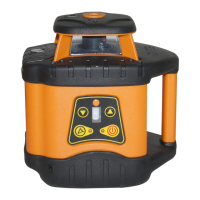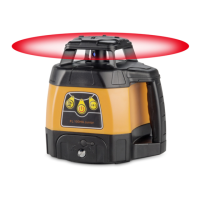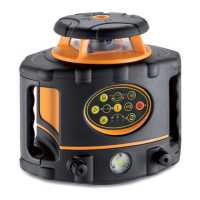What to do if the laser beam is interrupted on geo-FENNEL EcoDist Plus?
- DDakota MartinezJul 25, 2025
If the laser beam is interrupted while using geo-FENNEL Measuring Instruments, repeat the measurement to ensure an accurate reading.
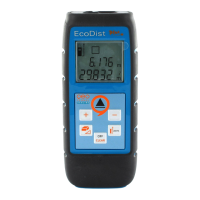
What to do if the laser beam is interrupted on geo-FENNEL EcoDist Plus?
If the laser beam is interrupted while using geo-FENNEL Measuring Instruments, repeat the measurement to ensure an accurate reading.
What to do if geo-FENNEL EcoDist Plus show measuring error because of too much background light?
If you're experiencing measuring errors with your geo-FENNEL Measuring Instruments due to excessive background light, try shadowing the target area to reduce the interference.
How to fix calculation error on geo-FENNEL Measuring Instruments?
If you encounter a calculation error with your geo-FENNEL Measuring Instruments, the suggested solution is to perform the measurement again.
What to do if geo-FENNEL EcoDist Plus Measuring Instruments have weak reception signal and long measuring time?
If the reception signal is too weak, causing a long measuring time with your geo-FENNEL Measuring Instruments, try changing the target surface. For example, use a white paper as the target.
What to do if geo-FENNEL EcoDist Plus show temperature too high?
If your geo-FENNEL Measuring Instruments indicate the temperature is too high, let the device cool down before continuing use.
What to do if geo-FENNEL EcoDist Plus Measuring Instruments show temperature too low?
If your geo-FENNEL Measuring Instruments indicate the temperature is too low, warm the device up before continuing use.
What to do if geo-FENNEL EcoDist Plus input signal is too high?
If the input signal is too high on your geo-FENNEL Measuring Instruments, consider changing the target surface. For example, try using white paper.
| Brand | geo-FENNEL |
|---|---|
| Model | EcoDist Plus |
| Category | Measuring Instruments |
| Language | English |
Explains different warning signs (Caution, Warning, Danger) and other operational symbols used in the manual.
Details essential safety measures for using the device, including handling, modifications, and accessory usage.
Defines the intended uses, atmosphere requirements, and foreseeable misuse of the device.
Outlines the responsibilities of the original equipment manufacturer regarding safety and delivery.
Defines responsibilities for accessory manufacturers and the device operator, including safety compliance.
Identifies and describes the function of each key and element on the device's display.
Provides instructions for inserting batteries and changing them when the battery symbol blinks.
Explains factors affecting measurement quality and potential causes of measurement errors.
Details on switching the device on/off, using the delete key, and adjusting the measuring plane.
Instructions for adjusting measuring units and the measuring plane for different scenarios.
Guides on measuring individual distances and performing continuous measurements.
Explains how to use functions for Add/Subtract, Area calculation, and Space Volume calculation.
Details on how to use the Pythagoras function for diagonal and horizontal measurements.
Lists common error codes, their causes, and recommended remedies for troubleshooting.
Provides information on electromagnetic compatibility and potential disturbances to other devices.
Describes the laser classification (Class 2) and key technical specifications of the device.
Guidelines on cleaning the device using a soft cloth and avoiding harsh chemicals or water immersion.
Instructions for disposing of the device and batteries according to national and country-specific directives.
